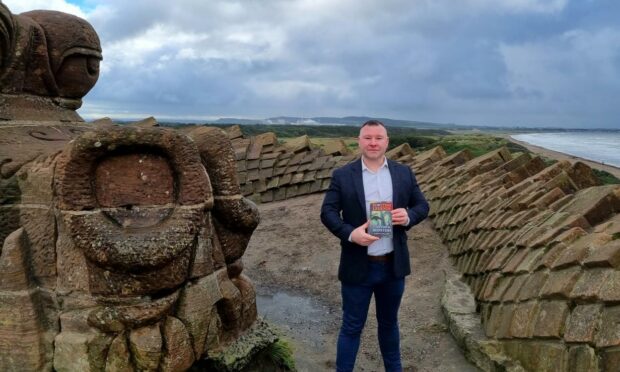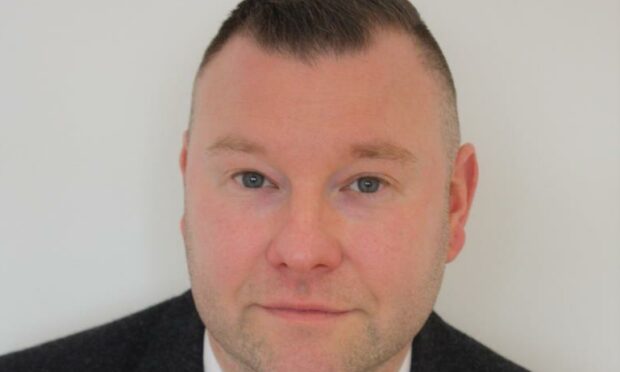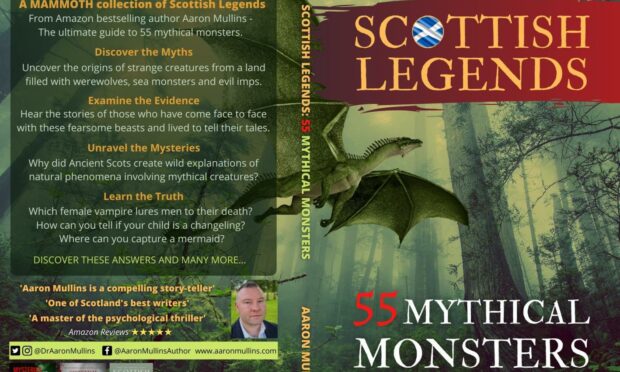He may have failed to solve the mystery of Nessie, but Aaron Mullins hopes his latest book will be a monster success.
The author has tapped into the north of Scotland’s rich folklore to uncover tales of local legends.
From brownies and bauchans to selkies and kelpies, he explores a range of mythical creatures in Scottish Legends: 55 Mythical Monsters.
Local legends come to life in book
Growing up in Caithness, Dr Mullins learned from an early age about local legends like the selkie’s grave in Castletown.
He also explores tales from Aberdeenshire, including the terrifying story of the big cat known as the Beast of Buchan.
The award-winning psychologist previously wrote Mysteries and Misadventures: Tales from the Highlands and Scottish Urban Legends: 50 Myths and True Stories.
Dr Mullins said: “Ancient Scots were curious about the world around them and their fantastical explanations of natural phenomena often involved the creation of mythical creatures with amazing powers.
“These Scottish monster myths can give insights into the local customs and folklore of their time, particularly in the north of Scotland, which were heavily influenced by Viking legends.”
He adds: “Scotland, like its national animal, the mythical unicorn, has a proud, untameable and magical element to its landscape, stories and its people.
“I think we need a bit of escapism from the upheaval of lockdowns these past couple years.
“So I want these tales to remind us of simpler times when the tides were the breath of a great sea dragon and thunder was the angry roar of a living god.
Nessie or a floating log?
“Mythical beasts that still live on in our hearts and minds, with every re-telling of their legendary deeds.”
Despite Dr Mullins’ attempts, the mystery of Nessie remains just that.
“Having sailed on a boat cruise down Loch Ness, I can see why the huge and beautiful body of water has achieved its legendary status.
“Even on a calm day, the odd-looking wave or shadow on the water draws your eye away from the stunning scenery.
“And just for a moment, you think you might be, after all this time, the one to finally capture Nessie grinning away as it ends the longest ever game of hide-and-seek by popping its head out the water.
“Alas, all your dreams of monster stardom are dashed when the boat draws closer at an agonisingly slow speed and you realise you have been filming a floating log for the past ten minutes.”
In his last book, Dr Mullins returned to some old haunts to recount real life scary stories and famous mythical tales.
The book includes some of Scotland’s most haunted places and unsolved mysteries.
These include tales about a former bishop of Caithness, as well as ghosts of Ackergill Tower in Caithness, Culloden Battlefield and Castle Stuart and the Green Lady of Crathes Castle.
More on Nessie:


